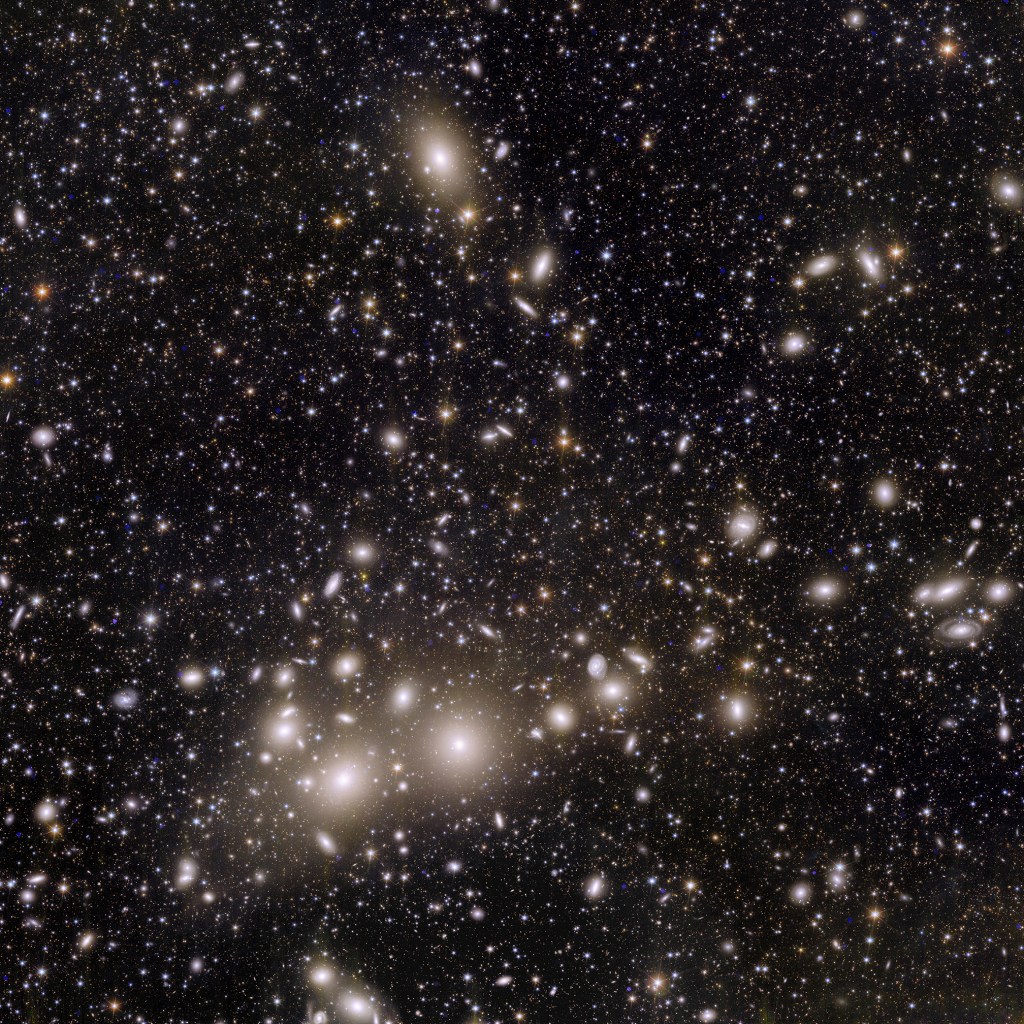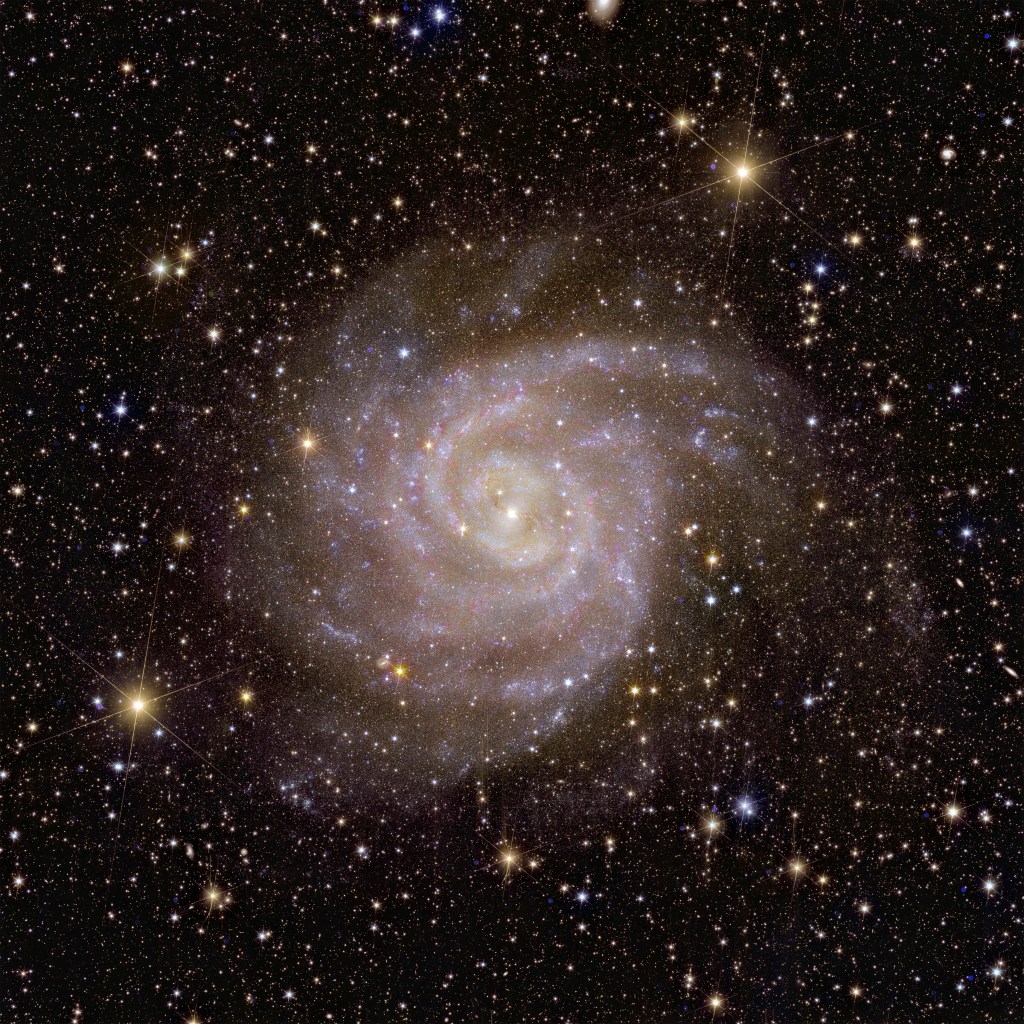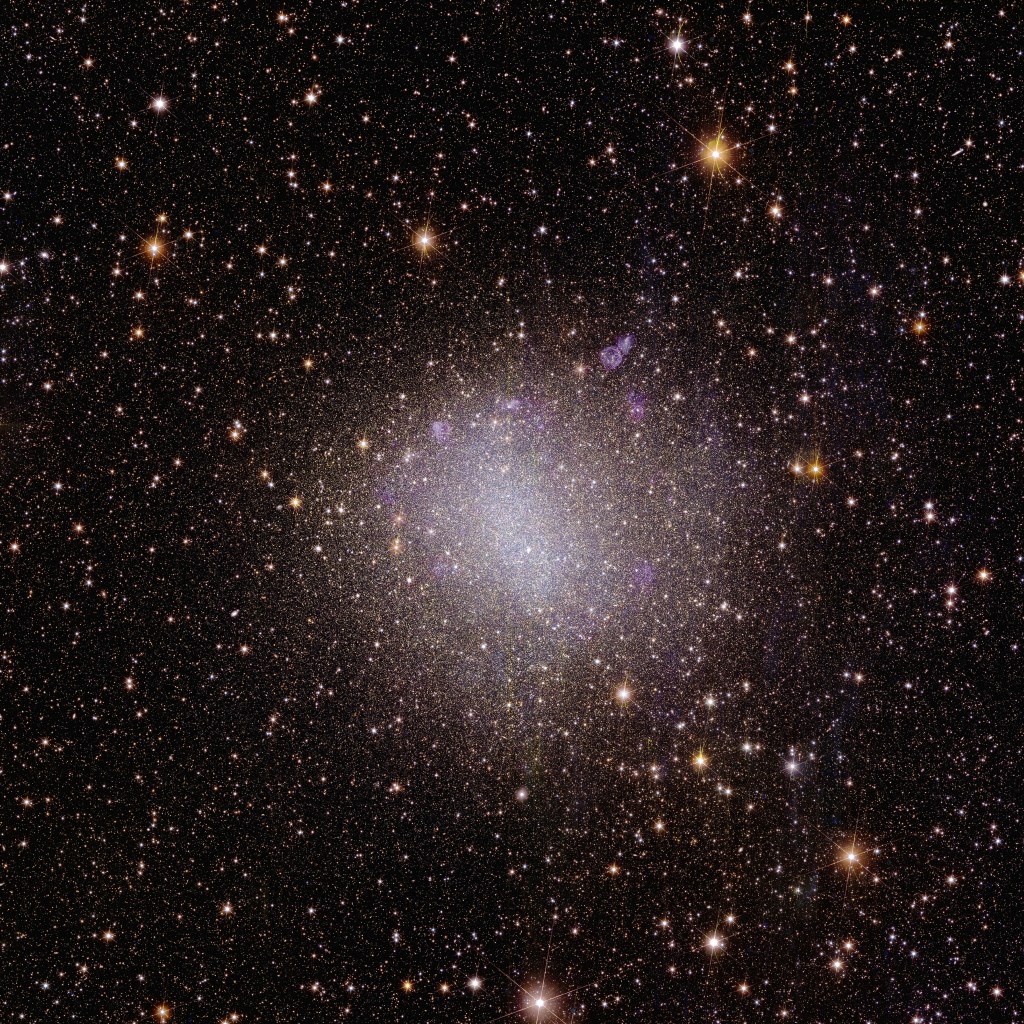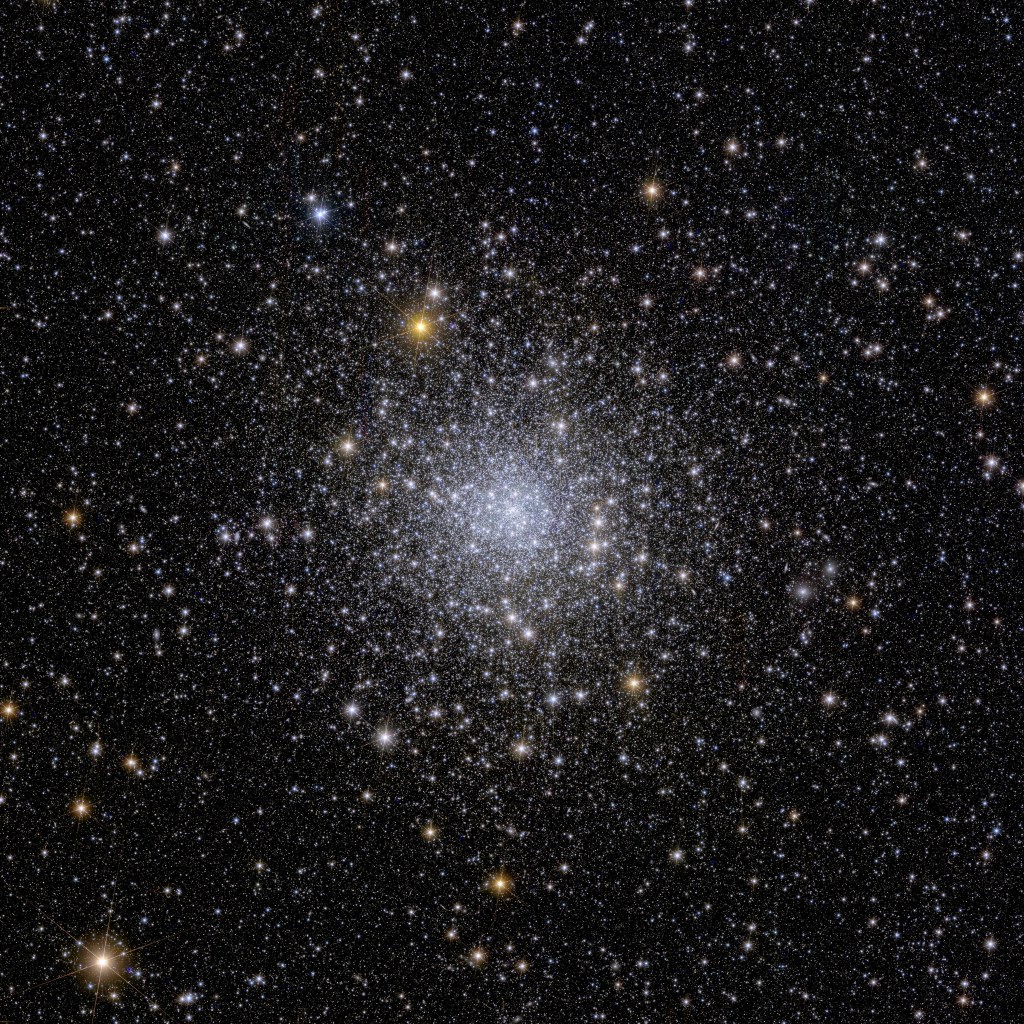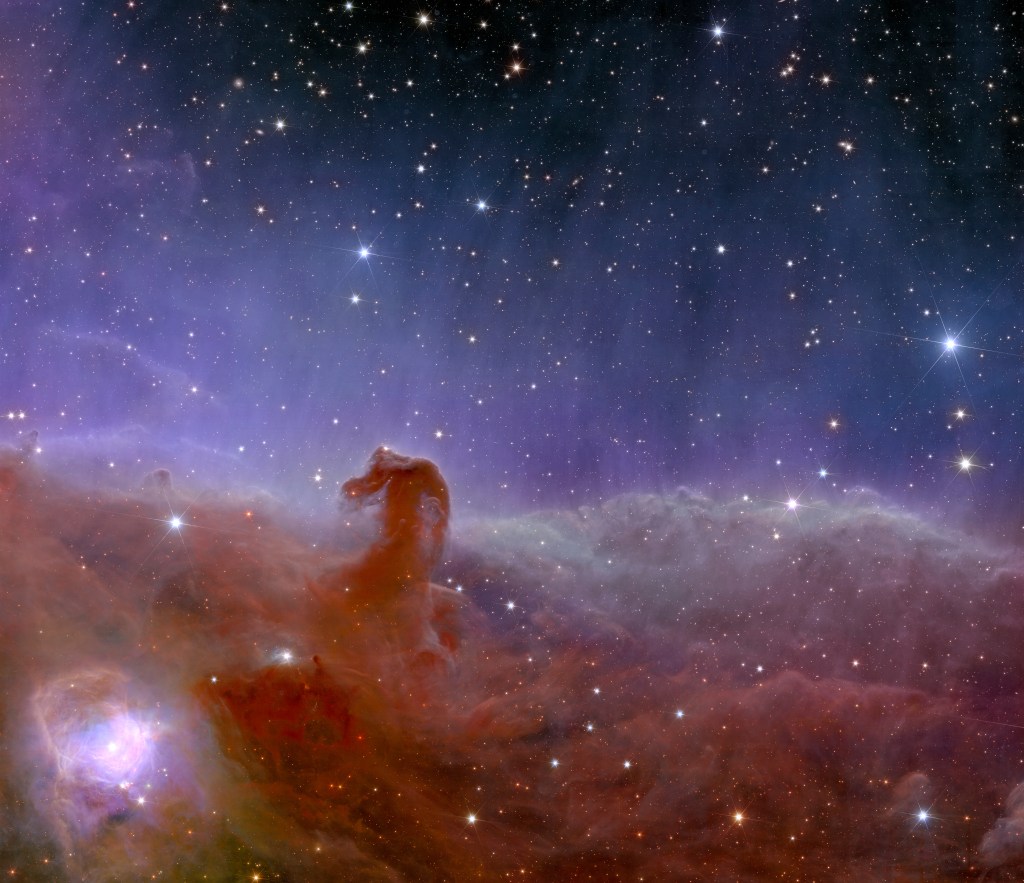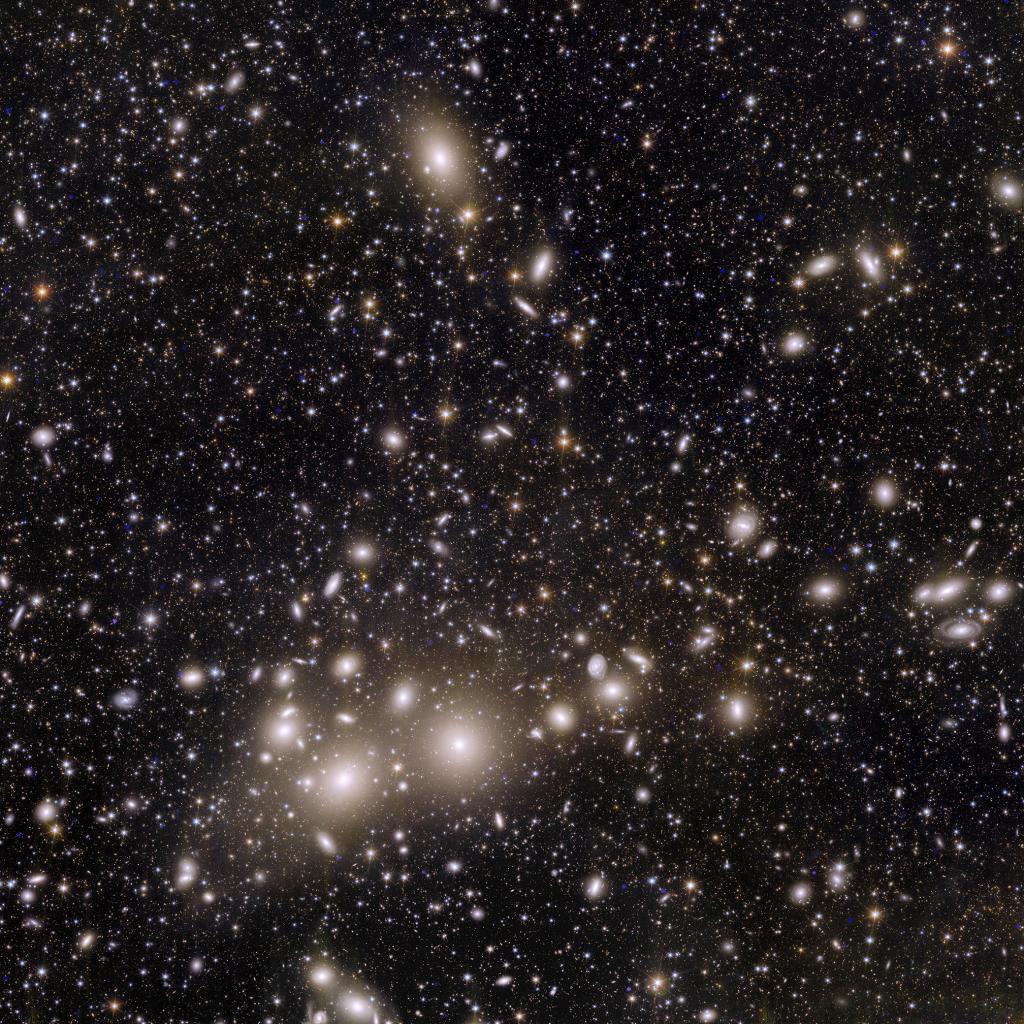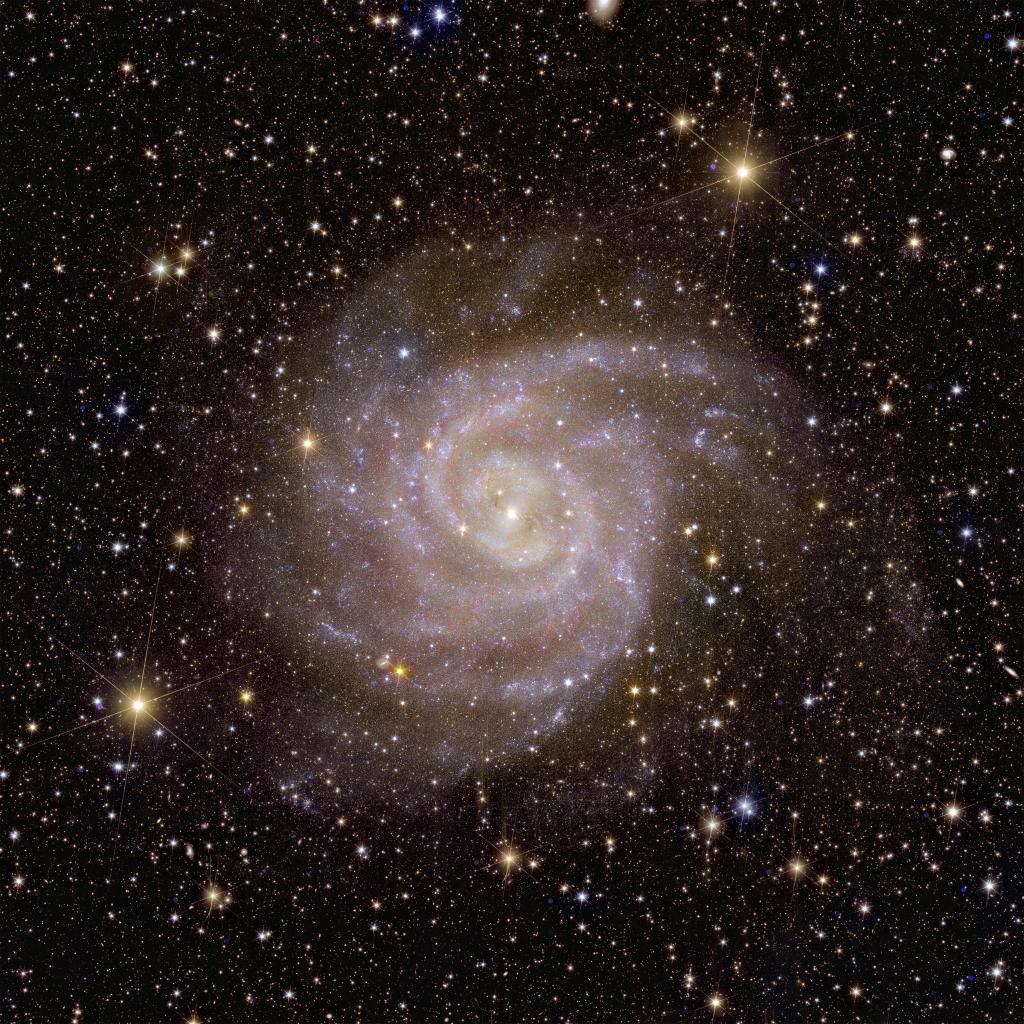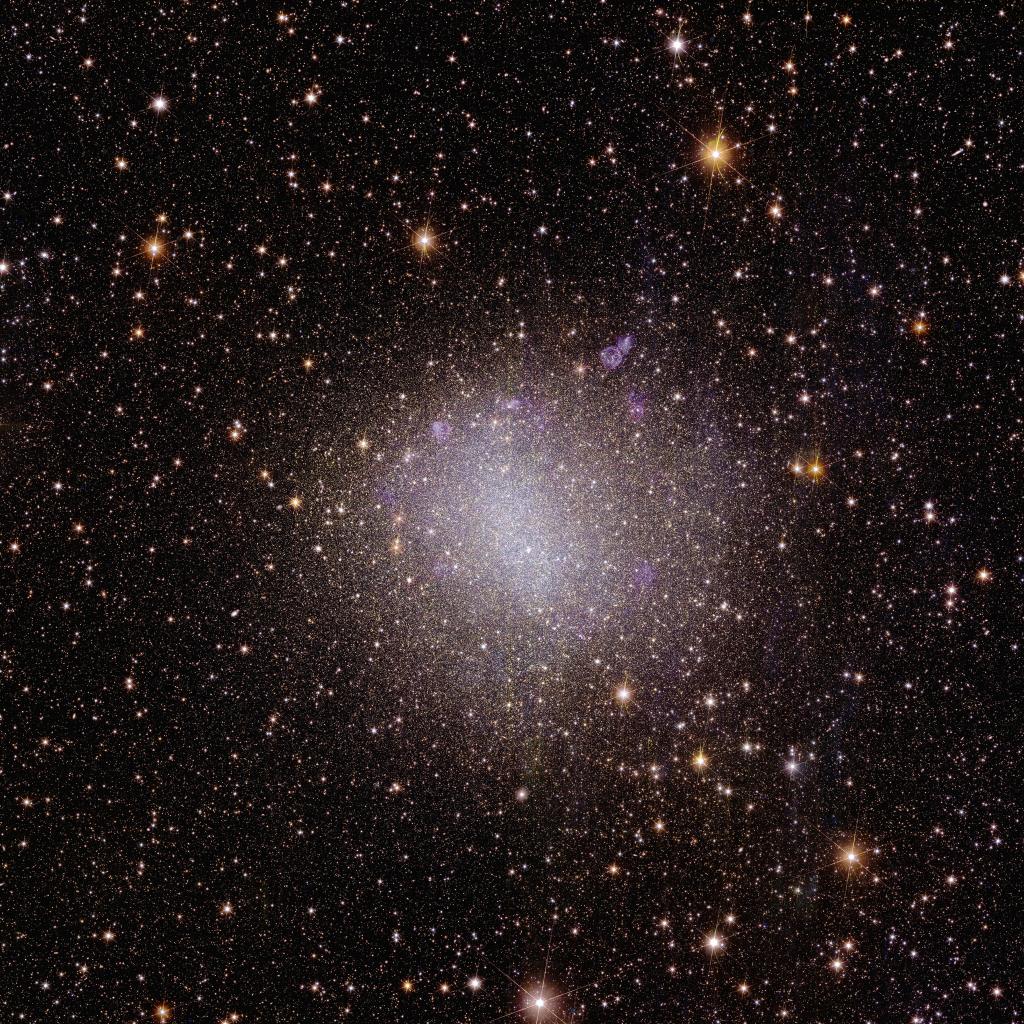Game-changing new telescope spills ‘secrets’ of the dark universe in first thrilling images made public
Let the sunshine in.
Stunning new space images captured by the new Euclid telescope are revealing secrets of the “dark universe,” a mystery-filled combination of dark matter and dark energy believed to make up 95% of the cosmos.
The one-of-a-kind photos have been released by the European Space Agency, which launched the groundbreaking tech into the final frontier from Florida’s Cape Canaveral last July.
Euclid’s task is to observe and then eventually help the consortium create a groundbreaking 3D map that would “uncover some of [the universe’s] hidden secrets,” according to the organization.
“Dark matter pulls galaxies together and causes them to spin more rapidly than visible matter alone can account for; dark energy is driving the accelerated expansion of the Universe. Euclid will for the first-time allow cosmologists to study these competing dark mysteries together,” said professor Carole Mundell, the ESA’s director of science.
Five images have been unveiled so far, offering just a glimpse of various “hidden” galaxies, nebulas and Jupiter-size worlds left to conquer. The awe-inspiring snaps are but a tease to the astounding breakthroughs yet to come, during what the ESA estimates to be a six-year span of exploration from the space scope.
“Euclid will make a leap in our understanding of the cosmos as a whole, and these exquisite Euclid images show that the mission is ready to help answer one of the greatest mysteries of modern physics,” Mundell said.
What a cluster
Euclid captured a magnificent group shot on more than a thousand galaxies located within the Perseus cluster — one of the universe’s most massive structures — 240 million light-years away. Some of the 100,000 background galaxies shown are approximately 10 billion light-years away.
Those comparatively tiny specks could mean a great deal for our understanding of deep space, said Euclid Consortium scientist Jean-Charles Cuillandre.
“We want to see the extremely faint and small galaxies, called dwarf galaxies,” he said. “According to cosmological simulations, the Universe should contain many more dwarf galaxies than we have found so far. With Euclid, we will be able to see them, if they indeed exist in such a large number as predicted.”
Perseus’ existence also proves that depths of the universe must contain dark matter, according to the ESA.
She’s spiraling
Thanks to Euclid, the spiral-shaped “hidden galaxy” known as IC 342, also called Caldwell 5, has now been brought into plain view.
The challenge in sighting IC 342, comparatively close at 11 million light-years out, is because much of the Milky Way’s own gas, dust and stars obstruct our perspective toward the other worlds.
“That’s what is so brilliant about Euclid images. In one shot, it can see the whole galaxy in all its beautiful detail,” said Euclid Consortium scientist Leslie Hunt.
IC 342 also mirrors many facets of the Milky Way, bringing us a better understanding of our own galaxy, she added.
Around the neighborhood
Not all of space’s vast realms are perfect spirals. Euclid searches to piece together those that are shaped in an “irregular” way — such as nearby galaxy NGC 6822, only 1.6 million miles from Earth — for the in-progress 3D map.
NGC 6822 is also unique for containing unusually low amounts of metal elements. This feature, along with its “globular” clusters of hundreds of thousands of stars bound together by gravity, can reveal much about the origins of the universe, according to Hunt.
“By studying low-metallicity galaxies like NGC 6822 in our own galactic neighborhood, we can learn how galaxies evolved in the early Universe,” she said.
Telling tails
Another beauty, named NGC 6397 — residing a mere 7,800 light-years away from Earth — was also vividly captured for the first time by Euclid.
“Currently no other telescope than Euclid can observe the entire globular cluster and at the same time distinguish its faint stellar members in the outer regions from other cosmic sources,” said Euclid Consortium scientist Davide Massari.
Cosmologists are also searching for “tidal tails” in clusters like NGC 6397. Those are a trail of stars that stretch outside of the cluster due to a previous galactic event.
“We expect all of the globular clusters in the Milky Way to have them, but so far we have only seen them around just a few,” he said. “If there are no tidal tails, then there could be a dark matter halo around the globular cluster, preventing the outer stars from escaping.”
A better view
Euclid has also given us earthlings a better look at the Horsehead Nebula, located inside the iconic constellation known as Orion.
Sitting just south of the Orion star Alnitak at just 1,375 light-years away, these new — and especially “sharp” and “wide” — images of the nebula now have scientists looking to find “many dim and previously unseen Jupiter-mass planets in their celestial infancy, as well as young brown dwarfs and baby stars,” according to the ESA.
“We are particularly interested in this region, because star formation is taking place in very special conditions,” Euclid legacy scientist Eduardo Martin Guerrero de Escalante said.
The unique circumstances referred to are caused by radiation emitted by the incredibly bright Sigma Orionis star nearby.









